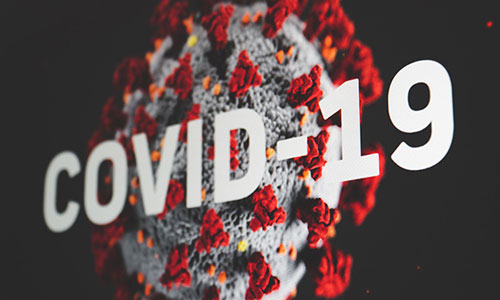On May 23rd, the Detection Kit for Monkeypox Virus DNA (PCR-Fluorescence Probing) developed by Daan Gene obtained CE clearance. It means that the kit can be sold in EU countries as well as countries that recognize the CE certificate. The product adopts real-time fluorescence PCR technology with high sensitivity and good specificity, which can quickly identify the monkeypox virus and achieve an early and rapid diagnosis of suspected infections through nucleic acid detection.
Since 13 May 2022, cases of monkeypox have been reported to WHO from 12 Member States that are not endemic to the monkeypox virus, across three WHO regions.
According to WHO, Monkeypox is a viral zoonosis (a virus transmitted to humans from animals) with symptoms very similar to those seen in the past in smallpox patients, although it is clinically less severe. It is caused by the monkeypox virus which belongs to the orthopoxvirus genus of the Poxviridae family. There are two clades of monkeypox virus: the West African clade and the Congo Basin (Central African) clade. The name monkeypox originates from the initial discovery of the virus in monkeys in a Danish laboratory in 1958. The first human case was identified in a child in the Democratic Republic of the Congo in 1970.
The UK's National Health Service said Monkeypox is most common in remote parts of Central and West Africa. Instances of the disease outside of the region are often linked to travel to the area.
Monkeypox typically presents clinically with fever, rash, and swollen lymph nodes and may lead to a range of medical complications. The clinical presentation of monkeypox resembles that of smallpox, a related orthopoxvirus infection that was declared eradicated worldwide in 1980. Monkeypox is less contagious than smallpox and causes less severe illness.
Monkeypox is transmitted to humans through close contact with an infected person or animal with lesions, body fluids, respiratory droplets, and contaminated materials such as bedding.
Polymerase chain reaction (PCR) is the preferred laboratory test for Monkeypox given its accuracy and sensitivity as was suggested by WHO. Confirmation of monkeypox virus infection is based on nucleic acid amplification testing (NAAT), using real-time or conventional polymerase chain reaction (PCR) is preferred for the detection of unique sequences of viral DNA, and no need to be used in conjunction with other methodologies.
【DA143X】 Monkeypox Diagnosis Kit DNA (PCR-Fluorescence Probing)
Reliable
Based on the WHO-recommended diagnosis method: real-time polymerase chain reaction (PCR)
High Specificity
highly conservative region of Monkeypox virus gene coding region
High Accuracy
Involved endogenous internal to monitor the whole NAAT procedure from sampling to PCR result
Compatible with a mainstream real-time fluorescent PCR system
During the previous outbreaks of new infectious diseases in China, we have taken the lead in the development of detection products. For example, SARS in 2003, hand-foot-mouth disease in 2008, influenza H1N1 in 2009, H7N9 avian influenza virus in 2013, Ebola virus and dengue virus in 2014, MERS-CoV in 2017, Zika virus, and even the global 2019-nCov outbreak in 2020. Today, our innovative molecular diagnostic solutions have helped millions of patients all over the world. And we are always committed to continuously contributing to global public health prevention and control.




